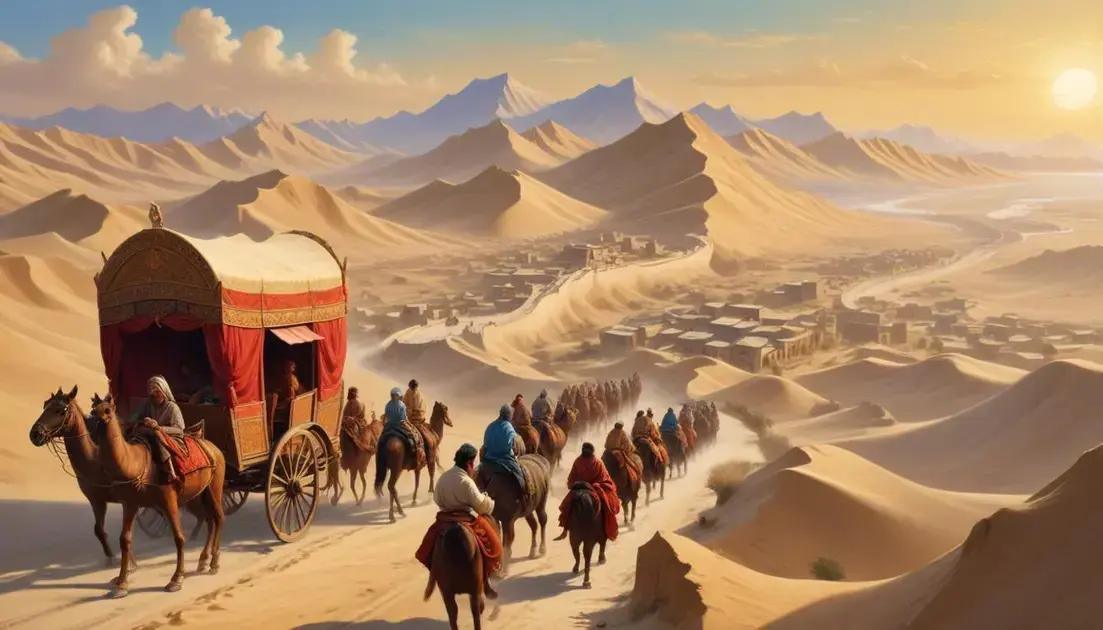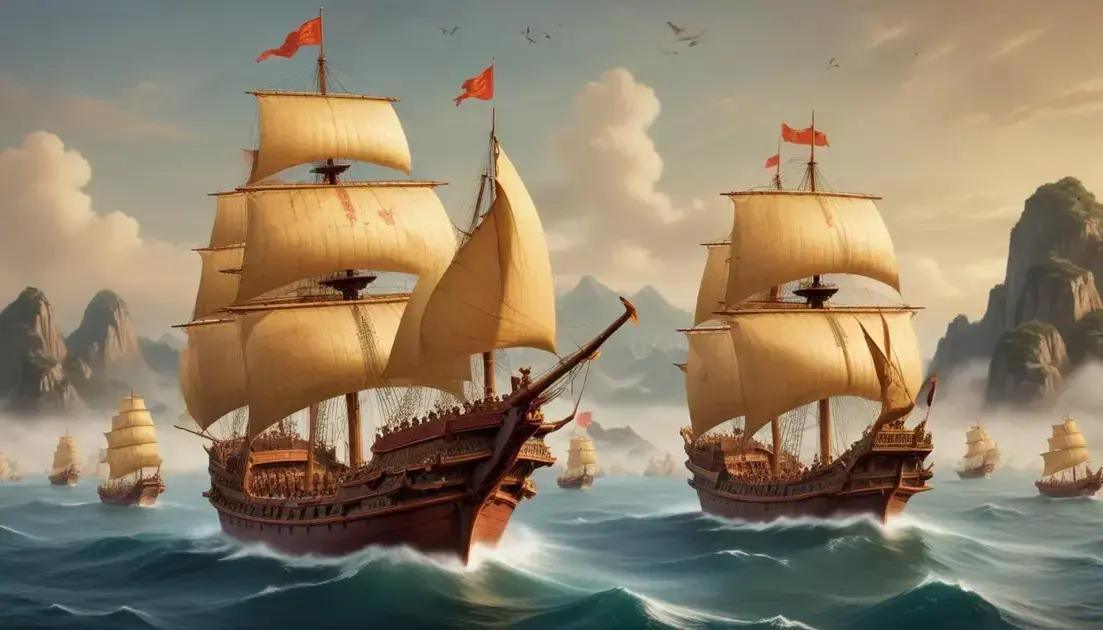
From Ancient China to the Printed World
The invention of paper in ancient China revolutionized communication and cultural exchanges. It began around the 2nd century BC, allowing for the easier sharing of ideas, literature, and knowledge across trade routes like the Silk Road. This led to significant developments in art, science, and education, as communities connected more deeply through written materials. The spread of paper not only facilitated record-keeping and business transactions but also enriched the blending of cultures, highlighting the transformative power of this simple yet essential invention.
Paper has been a revolutionary invention since the 2nd century BC, changing how we communicate. Are you curious about its journey from ancient China to the world?
The Invention of Paper in Ancient China
The invention of paper in ancient China marked a crucial turning point in human communication. It all began during the Han dynasty around the 2nd century BC. Prior to paper, people used materials like bamboo, wood, and silk for writing. These materials were heavy and costly. But paper changed everything.
How Was Paper Made?
Early paper was made from the bark of trees, hemp, and old fishing nets. Workers would boil these materials to soften them. After that, they would pound them into a pulp. This pulp was then spread out on a flat surface to dry. When dried, it turned into a lightweight and flexible writing surface.
Why Was Paper So Important?
With the creation of paper, sharing ideas became easier. Scholars could write and keep records without the heavy burden of existing materials. It meant that literature, science, and important records could be copied and spread across different regions. As a result, knowledge flowed more freely.
The Spread of Paper
As trade routes opened, particularly the Silk Road, the use of paper spread beyond China. Traders carried it to places like Persia and Europe. Each region adapted the papermaking process, leading to the paper we use today. This exchange of ideas helped cultures learn from one another.
In many ways, the invention of paper was as significant as the invention of the printing press in later years. It laid the groundwork for education, communication, and record-keeping. Its long-lasting impact still shapes how we share and consume information.
Impact on Communication
The invention of paper had a huge impact on communication. Before paper, sharing thoughts often meant using heavy materials. With paper, things changed. It made writing lighter and easier.
How Paper Changed Sharing Ideas
With paper, ideas spread faster than ever. Scholars could write their findings and share them widely. This helped build a culture of knowledge. Learning became more accessible to everyone.
Creation of Books and Records
When people started using paper, they could create books. These books held stories, history, and knowledge. It meant that information was no longer lost. Instead, it was preserved for future generations.
Connecting Cultures
Using paper also helped connect different cultures. As traders moved, they carried written works with them. Ideas traveled along with them, creating a mix of cultures. Each place added its own twist to the knowledge.
Influence on Education
Paper’s impact reached schools and homes. Students could write down what they learned. Teachers could share lessons through written materials. Education became richer with the ability to document knowledge.
Overall, the impact of paper on communication cannot be overstated. It opened doors to learning, record-keeping, and cultural exchange. This simple invention paved the way for our modern communication methods.
Spread through Trade Routes
The spread of paper through trade routes was a game changer. As merchants traveled, they carried paper with them. This helped introduce new ideas and cultures across distances.
Silk Road Connections
The Silk Road was key in sharing paper. It linked China to the West. Merchants exchanged goods and knowledge along this route. Paper spread from city to city.
Adoption by Other Cultures
As paper reached new places, other cultures adapted it. They used local materials and improved the process. This made paper accessible to more people.
Impact on Communication
With the spread of paper, communication thrived. Governments and scholars began recording important events and ideas. This created a shared history and stronger connections between regions.
Influence on Trade
Paper also changed the way business was done. Contracts and agreements could now be written down. This made transactions clearer and helped build trust among traders.
Overall, the spread of paper through trade routes was vital for cultural exchange. It not only affected communication but also influenced trade and relationships globally.
Cultural Exchanges via Paper
Paper played a key role in cultural exchanges throughout history. As it traveled along trade routes, it connected different peoples. This sharing of ideas shaped societies in many ways.
Sharing Knowledge
When people used paper, they shared more than just stories. They exchanged scientific knowledge, art, and philosophies. Ancient texts found their way from one culture to another, influencing many.
Development of Art and Literature
With paper, artists could create and spread their work. Writers began documenting their thoughts and stories. This lead to the growth of literature across cultures. Books became valuable treasures that inspired creativity.
Religious and Philosophical Ideas
Written texts allowed for the sharing of religious and philosophical ideas. Different beliefs could be understood and discussed. This exchange led to a richer tapestry of thought and spirituality.
Language and Communication
As cultures interacted, languages evolved. Written communication helped people learn from each other. It made it easier to understand different customs and traditions, fostering greater respect and cooperation.
Overall, the use of paper facilitated powerful cultural exchanges. By sharing knowledge and creativity, societies became more connected than ever before.
Conclusion
In conclusion, the invention of paper was a turning point for communication and cultural exchange. It allowed people to share ideas, stories, and knowledge in new ways. With paper, communities grew closer, and information traveled far and wide.
As paper spread through trade routes, it connected different cultures and enriched human understanding. Art, literature, and scientific ideas flourished as they were shared across borders. These exchanges shaped societies and helped them evolve together.
Ultimately, the legacy of paper continues to influence how we communicate today. It reminds us of the importance of sharing knowledge and respecting diverse perspectives. Embracing this history can inspire us to keep learning and connecting in our modern world.


